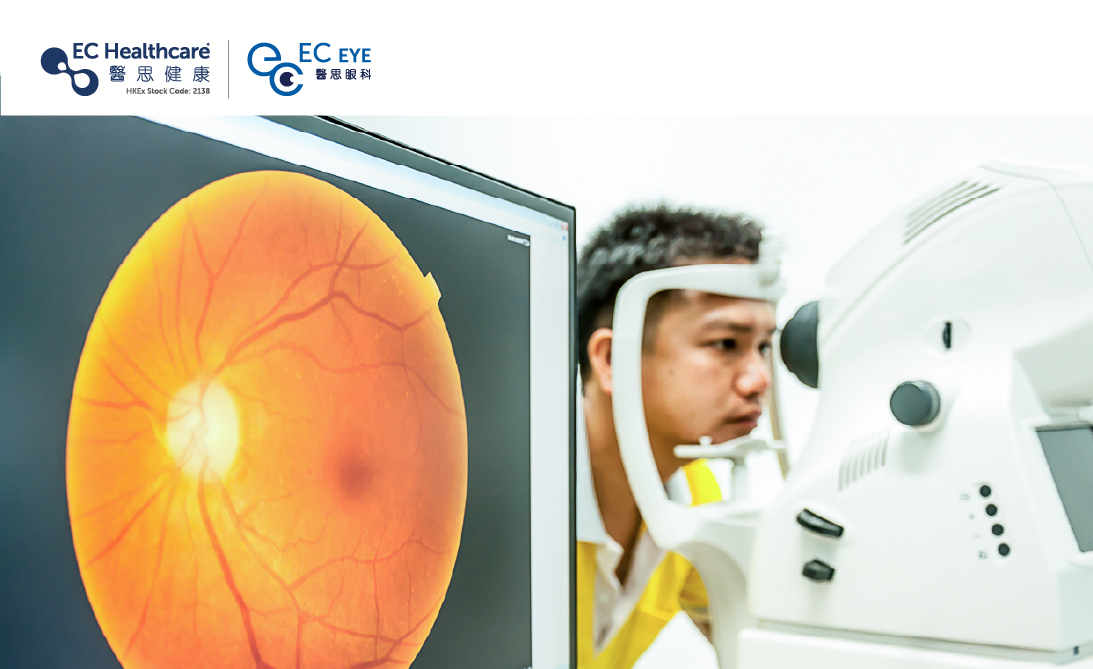Is Looking at Green Good for the Eyes? 6 Eye Care Tips to Keep in Mind


Our eyes are one of the most precious organs in our body that allows us to appreciate the beauty of the world. So, it’s important to take good care of our eyes and protect them from potential injuries. However, with the growing prevalence of electronic devices and rising work-related stress in modern society, more and more people are experiencing eye fatigue, poor vision, and other related issues.
Have you ever heard that looking at the colour green can help protect your eyes? In this blog, we'll delve into the facts and share with you 6 effective ways to safeguard your vision.
To explain the benefits of green to our eyes, we’ll need to talk about electromagnetic waves first. Among all wavelengths of electromagnetic waves, those between 380-750nm are called visible light, which includes the spectrum of the seven colours of the rainbow that we normally see. Our eye is the most sensitive to the wavelength of 555nm, which is exactly the wavelength of the colour green.
Green has low reflectivity, so it does not overly stimulate our nervous system and retina, therefore is good for our eyes. When people look at green objects, the green colour has a shorter wavelength and is easier to focus on the retina. It can let our eye's accommodation function take a break, allowing the ciliary muscle and crystalline lens to rest and reducing eye fatigue.
While it's true that the colour green can have a relaxing effect on our eyes, simply placing green plants in our home or office and looking at them every day won't necessarily protect our eyes. Distance is the factor that matters the most. Looking into the distance can adjust your eye muscles to focus on far objects and help restore the elasticity of ciliary muscles.
After long, tiring studying or working hours, you can lean against the window and look at distant trees. They not only absorb harmful ultraviolet rays from strong light, but also reduce the irritation caused by strong light to the eyes. This can help relax tensed nerves instantly and alleviate eye fatigue. So, regularly looking at green and distant objects can help protect the eyes. You can also revise your eye habits and incorporate these 6 eye-care tips into your daily life:
Rest your eyes: Take a break of 5-10 minutes every 30 minutes.
Look into the distance: Look at distant objects from time to time to relax your ciliary muscle.
Avoid strong light: Wear a hat or sunglasses during outdoor activities.
Use moderate light: Use lighting that is not too bright or too dark.
Regular eye check-ups: Examine your eyes every year.
Balanced diet: Eat foods that contain lutein/zeaxanthin, such as broccoli, spinach and kiwifruit.
If possible, spend at least 30 minutes in nature every day. Even a short walk in the park can make a difference. Apart from building good eye habits, you should also be aware of the symptoms and signs of eye diseases, such as blurred vision, double vision, or flashes. Seek immediate attention from an eye doctor if you notice any changes in your vision. Early detection and treatment of eye diseases can help prevent vision loss.
Related Brands









